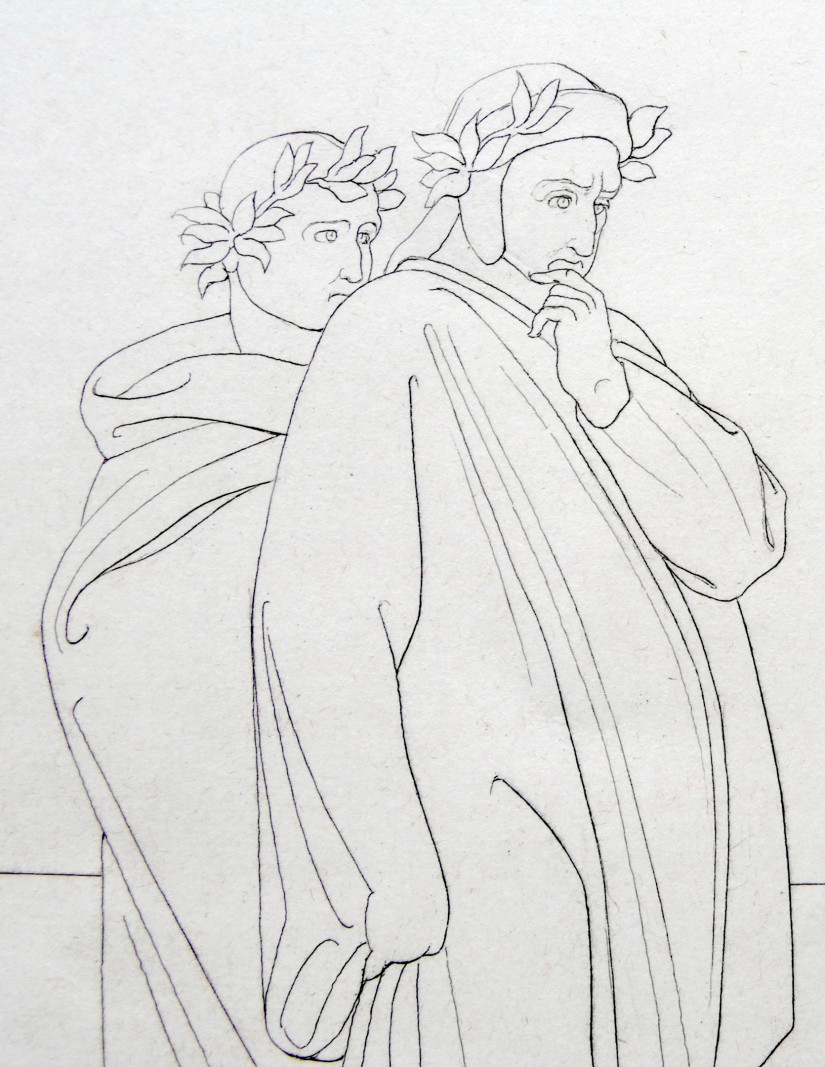
10 October 2021, 18.00-19.00
Atrium
Liszt Fest
Liszt and Dante – exhibition opening
The installation was made by: Dóra Bodrogai, Krisztina Halász, Anna Peternák (Liszt Ferenc Memorial Museum and Research Centre)
Ferenc Liszt was interested in the poetry of Dante, especially the Divine Comedy, throughout his life. Nor was this interest very idiosyncratic: 19th-century artists revered the medieval poet. Whence this age’s fascination with Dante? What sort of music did Liszt think was played in Dante’s Hell? And how did this deeply Catholic composer envision the journey in the other world? What if the extraordinary multimedia performance Liszt planned for the premiere of the Dante Symphony, fusing music and diorama projections, came to pass?
This exhibition in the Atrium of the Liszt Academy offers insights into Liszt’s Dante-related composition plans, and highlights influences that shaped the composer’s ideas. With additional examples, the exhibition also looks at 19th-century works of art, both Hungarian and international, that are connected to Dante.
The exhibition is on view between 10–24 October.
Presented by
Zeneakadémia Koncertközpont, MÜPA


